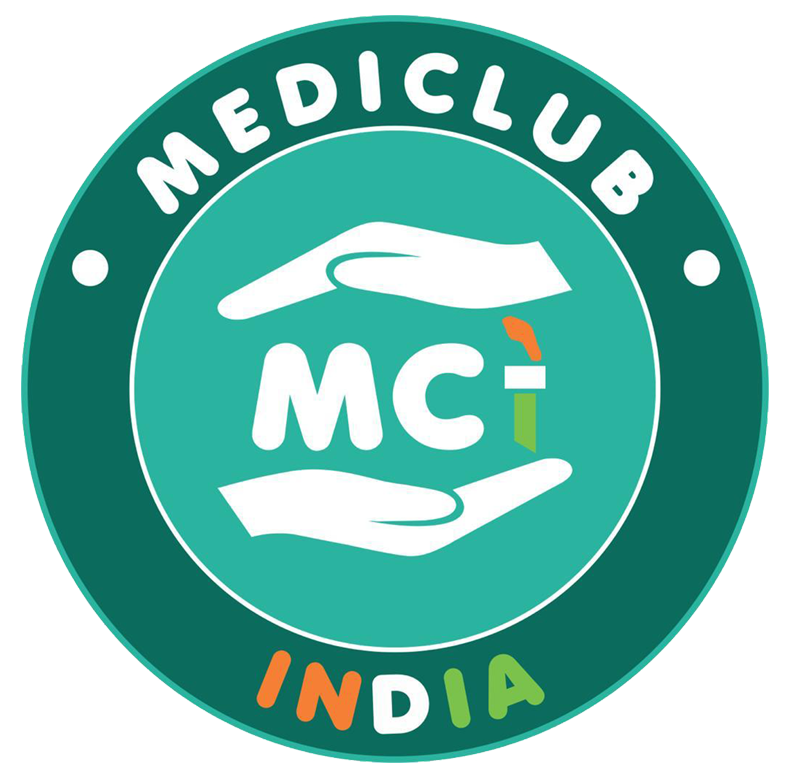Pregnancy, a time of joy and anticipation, is also surrounded by numerous myths and misconceptions. These myths vary widely across different cultures and regions, often reflecting deep-seated beliefs and traditions. While some of these myths can be charming or humorous, others can be misleading and even harmful. This article explores some of the most common pregnancy myths from around the world, shedding light on their origins and debunking them with scientific evidence.
Myth 1: The Shape of Your Belly Predicts the Baby’s Gender
The Myth
One of the most widespread pregnancy myths is that the shape and height of a pregnant woman’s belly can predict the baby’s gender. According to this belief, if the belly is high and round, it’s a girl; if it’s low and pointed, it’s a boy.
The Reality
The shape and position of a pregnant woman’s belly are influenced by factors such as the baby’s position, the woman’s body type, and her muscle tone. There is no scientific evidence to support the idea that the belly shape can predict the baby’s gender. The only reliable methods to determine the baby’s gender are ultrasound and genetic testing.
Myth 2: Heartburn Means the Baby Will Have a Lot of Hair
The Myth
Many people believe that experiencing heartburn during pregnancy indicates that the baby will be born with a full head of hair.
The Reality
This myth has a surprising grain of truth. A study published in the journal “Birth” found a correlation between heartburn severity and the amount of hair on newborns. Researchers hypothesized that hormones responsible for relaxing the esophagus and causing heartburn might also promote hair growth in the fetus. However, this is not a definitive predictor, and many babies born with lots of hair cause no heartburn in their mothers.
Myth 3: You Should Eat for Two
The Myth
The notion that pregnant women need to “eat for two” is a common myth, suggesting that they should double their food intake to support the growing baby.
The Reality
While it’s true that pregnant women need extra nutrients, they do not need to eat twice as much food. The average recommended increase in caloric intake is about 300-500 calories per day during the second and third trimesters. It’s more important to focus on a balanced diet rich in essential nutrients rather than simply increasing food quantity.
Myth 4: Avoid Exercise During Pregnancy
The Myth
In many cultures, it’s believed that pregnant women should avoid exercise to prevent harm to the baby.
The Reality
Exercise during pregnancy is generally safe and beneficial. Regular physical activity can help manage weight gain, reduce pregnancy discomforts, improve mood, and even prepare the body for labor. However, it’s important to choose appropriate exercises and consult with a healthcare provider before starting any new exercise regimen.
Myth 5: Morning Sickness Only Happens in the Morning
The Myth
The term “morning sickness” implies that nausea and vomiting during pregnancy occur only in the morning.
The Reality
Morning sickness can happen at any time of the day or night. It’s a common early pregnancy symptom that affects many women, and its severity and timing can vary widely. For some women, it lasts only in the morning, while others may experience it throughout the day.
Myth 6: Craving Sweets Means You’re Having a Girl, Craving Salty Foods Means a Boy
The Myth
It’s often said that cravings for sweet foods indicate a girl, while cravings for salty or savory foods suggest a boy.
The Reality
Food cravings during pregnancy are influenced by hormonal changes, nutritional needs, and personal preferences, not the baby’s gender. There is no scientific basis for linking specific cravings to the gender of the baby.
Myth 7: Pregnant Women Should Avoid Spicy Foods
The Myth
Some cultures believe that spicy foods can harm the baby or cause premature labor.
The Reality
Spicy foods are generally safe to eat during pregnancy, although they may cause discomfort like heartburn or indigestion for some women. There is no evidence to suggest that spicy foods can harm the baby or trigger premature labor.
Myth 8: Raising Your Arms Above Your Head Will Cause the Umbilical Cord to Wrap Around the Baby’s Neck
The Myth
This myth warns that reaching or raising the arms above the head can cause the umbilical cord to wrap around the baby’s neck, posing a risk during delivery.
The Reality
The position of the umbilical cord is not affected by the mother’s movements. Nuchal cords (where the umbilical cord wraps around the baby’s neck) are relatively common and usually do not cause complications. This myth likely persists due to a lack of understanding about the factors that influence cord positioning.
Myth 9: You Shouldn’t Take Baths During Pregnancy
The Myth
Some believe that taking baths during pregnancy can cause infections or harm the baby.
The Reality
Warm baths are safe during pregnancy and can help soothe aches and pains. However, it’s important to avoid hot tubs and very hot baths, as overheating can pose risks to the developing baby. Maintaining a safe water temperature ensures that baths are a relaxing and beneficial activity for pregnant women.
Myth 10: Pregnant Women Should Not Dye Their Hair
The Myth
Many people believe that hair dye contains harmful chemicals that can be absorbed through the scalp and harm the baby.
The Reality
Most studies have shown that the chemicals in both permanent and semi-permanent hair dyes are not highly toxic and are generally safe to use during pregnancy. However, many healthcare providers recommend waiting until the second trimester to dye hair and using dyes in well-ventilated areas to minimize exposure to any potentially harmful fumes.
Conclusion
Pregnancy myths are a blend of cultural traditions, old wives’ tales, and misinformation. While some myths are harmless, others can cause unnecessary worry or lead to unhealthy behaviors. It’s important for pregnant women to seek advice from healthcare professionals and rely on evidence-based information. Dr. Shweta Mendiratta, a renowned Gynecologist in Faridabad, emphasizes the importance of accurate information and regular prenatal care to ensure a healthy pregnancy and delivery. By debunking these myths and focusing on factual knowledge, expectant mothers can enjoy a more informed and reassuring pregnancy journey.





